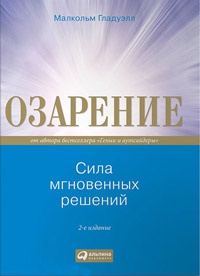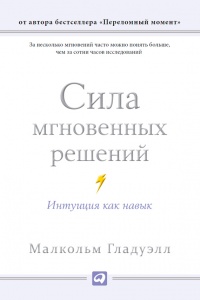Книга Рациональное животное. Как эволюция повлияла на развитие мозга - Владас Гришкевичус
Читать книгу Рациональное животное. Как эволюция повлияла на развитие мозга - Владас Гришкевичус полностью.
Шрифт:
-
+
Интервал:
-
+
Закладка:
Сделать
Перейти на страницу:
Перейти на страницу:
Книги схожие с книгой «Рациональное животное. Как эволюция повлияла на развитие мозга - Владас Гришкевичус» от автора - Дуглас Кенрик, Владас Гришкевичус:
Комментарии и отзывы (0) к книге "Рациональное животное. Как эволюция повлияла на развитие мозга - Владас Гришкевичус"












